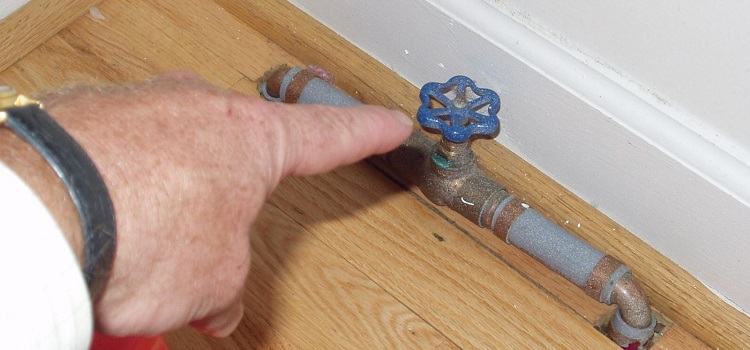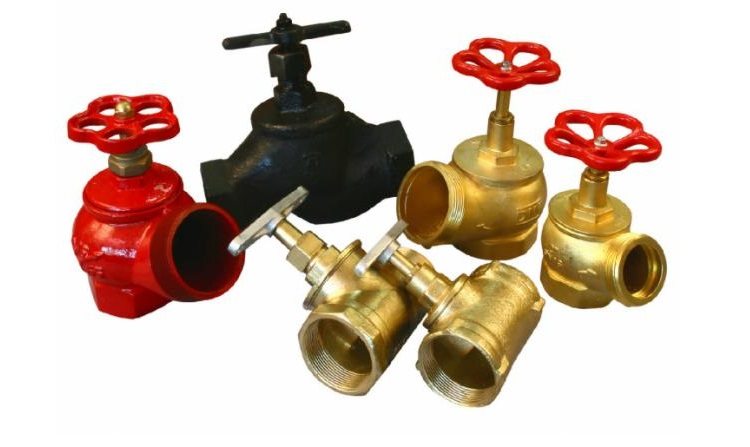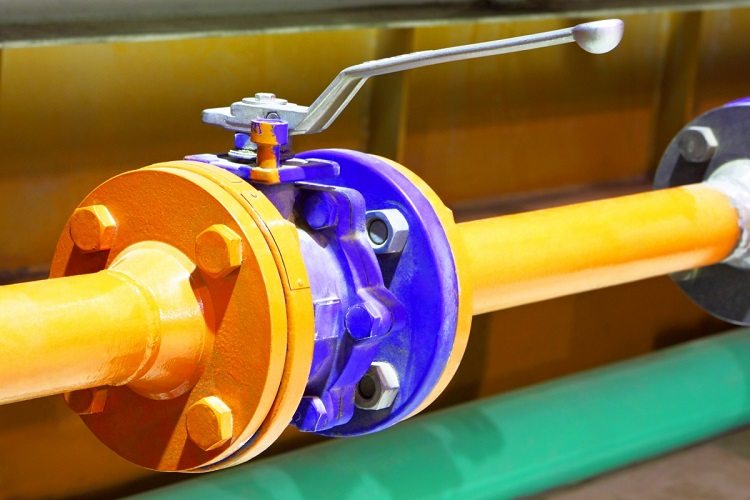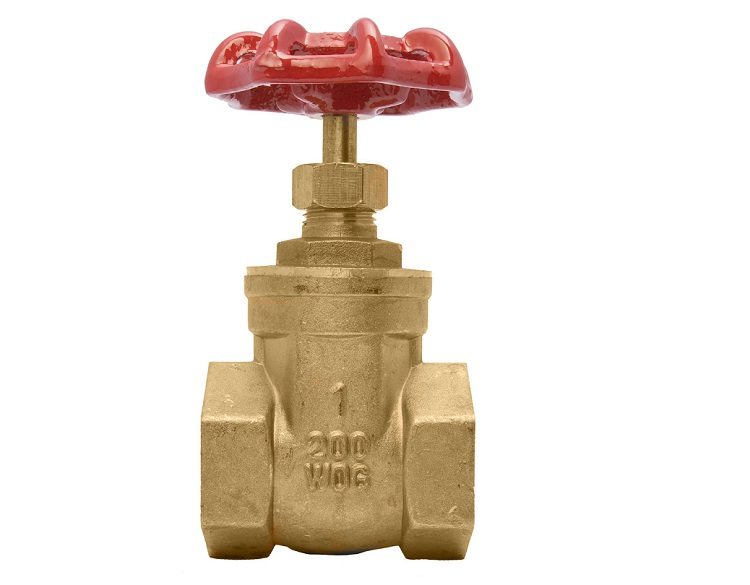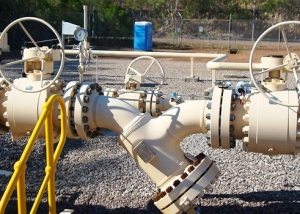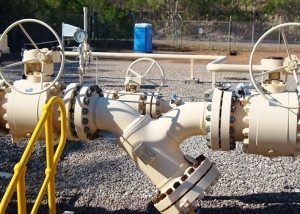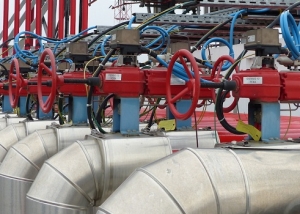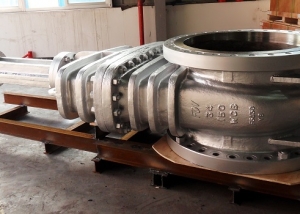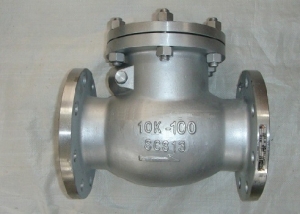The coupling valve is a type of shutoff reinforcing equipment for pipelines for industrial and municipal purposes. It is made of cast iron, steel or brass. A brass device is characterized by a higher cost, however, it is more durable. Use it to transport only cold water, since brass has a lower melting point than steel or cast iron.
Content
Main characteristics
A valve (valve) is a type of shutoff valve that is used to control the flow of a working medium. This device can perform several functions at once: regulating, locking, combined (regulating and locking).
Valves are used in hot and cold water supply systems, gas transmission and oil industries, heating systems and sewer communications.
The main difference of this device is that the locking or regulating element in it moves parallel to the flow of the working medium in a reciprocating manner. However, there is a special type of valve in which the regulating part rotates in an arc and has the form of a plate (rotary valve).
Classification of locking devices
To choose the right type of equipment for the pipeline, you should familiarize yourself with all possible options and, taking into account your needs and properties of each of them, choose the optimal one.
So, the valves are classified by several parameters at once:
1. The material from which they are made.
Brass. These are devices made of copper based alloy with the addition of zinc. Such equipment is characterized by strength and durability, as it is not subject to destructive processes due to the development of corrosion.
The brass valve is mainly used as fittings for cold water pipelines, since the envisaged maximum temperature of the working medium is 70 degrees.
Cast iron. Reliable and durable, such devices are used for locking and regulating water, gaseous substances (mainly steam). Such a coupling valve is able to function with a working medium heated to a temperature of 225 degrees.
Steel. They are made of carbon steel, they are not afraid of corrosion and high temperatures.
2. The functions that they perform.
- locking: closes and opens the movement of the working medium;
- regulatory: regulates the pressure of the working environment;
- locking and regulating: performs both functions described above.
3. By type of connection to the pipeline.
Flanged. They are often used for industrial water supply systems. For domestic volumes, coupling valves are more suitable. This type of valve is equipped with a coupling - a connecting element with a thread.
Needle Their feature is the conical type of spool. Such equipment is used if you need a large diameter nominal bore.
Brass Valve Coupling
Brass butterfly valves are mainly used for cold water systems.They have the following technical characteristics:
- the maximum temperature of the working environment is 70 degrees;
- conditional pressure is 10 gms / cm2;
- diameter varies from 15 to 50 mm;
- mobile device - spindle and nut, due to which the pressure of the working medium does not affect the operation of the device;
Coupling brass valve is used on the main water pipes of horizontal and vertical type.
According to the type of design, the valves are divided into three types:
- direct-flow. Such a valve does not have internal parts made of metal that require protection. The spindle axis in such a device is located at an angle with respect to the flow axis, which is almost rectilinear. The equipment case is equipped with coaxial nozzles and does not have stagnant zones. One of the main advantages of such a clutch valve is that its level of hydraulic resistance is relatively low, however, the body itself has a large construction length and weight;
- angular is a valve having an angular design. Such equipment is most often used for fire hydrants. It is installed at the place of bend and rotation of the pipeline;
- the check valve is installed in any section of the pipeline. It has a slightly higher level of hydraulic resistance than, for example, angular, but is more universal.
There are two types of valves according to the type of sealing.
Stuffing box. The essence of such sealing is to create a stuffing box on the valve cover or on that part of its body where the spindle passes through it. This chamber is filled with a special filler, which ensures tightness. The advantages of a sleeve check valve with stuffing box sealing - simplicity of design, convenience and easy accessibility during repair and maintenance and versatility - various materials can be used as a filler, which makes it possible to use the device on different types of pipelines.
Bellows. This type is more reliable. It is used in cases where leakage of the working environment will lead to serious consequences, since when using this type of equipment it is impossible. Its design is a bellows assembly, consisting of a corrugated tube - directly a bellows, which is connected to the zlotier at one end and to the body parts at the other. The main disadvantage of the coupling valve with bellows is the design complexity, which entails a high cost and complexity of the repair, as well as the high cost of the device itself.
Advantages and disadvantages
Brass coupling valve is very popular in the market of valves, as it has many advantages.
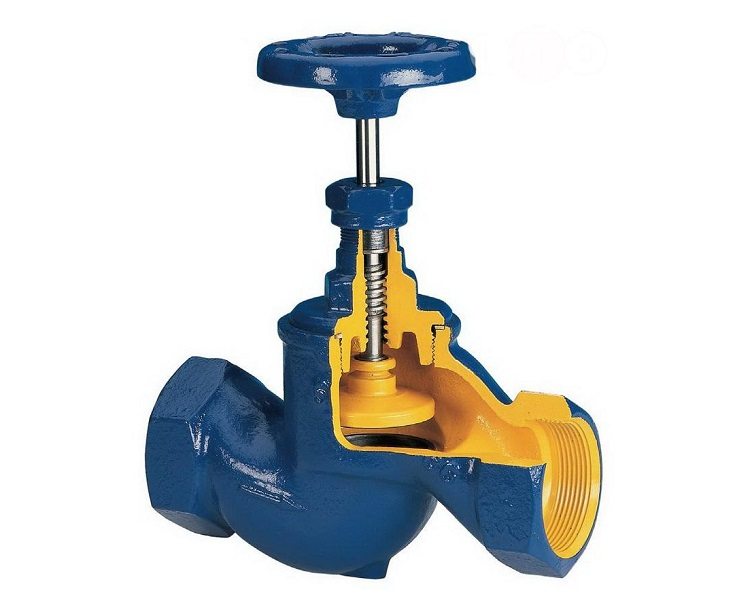
The valve design is simple, therefore, for the repair and operation of such a device does not require large expenditures
Among which are:
- compactness. This device (passage type) has a relatively small construction length and weight (due to the fact that brass is a light alloy);
- coupling devices are able to withstand high pressure of the working medium and pressure drops. This property makes the brass straight through valve reliable and able to ensure the safety of the system in case of unexpected breakdowns and violations during operation;
- ease of repair and maintenance. The simple construction that these walk-through devices have has, implies ease of repair and installation. Such a device, if desired, can even be installed independently;
- durability. Brass is an alloy based on copper and zinc. Such material is not subject to various kinds of destructive processes (for example, corrosion) and, if properly maintained, can last for many years without breakdowns.
As for the minuses, then, of course, the brass coupling valve, like any equipment, has its drawbacks.
The most significant drawback that these locking clutch devices have is probably the hydraulic resistance (irretrievable loss of specific energy) arising from viscous friction.
Another disadvantage is the relatively high cost. Since brass is made on the basis of copper, and this is non-ferrous metal, and the cost of this material is slightly higher than, for example, cast iron or steel, the price of the device itself will be higher.
A wide range of valves allows you to choose devices for each type of pipeline. But, before making a choice in favor of a particular model, one should take into account the technical parameters of the line on which the device is planned to be installed. Inconsistency in the material, size and characteristics of shut-off valves and network operating conditions can adversely affect the operation of the device and even lead to its breakdown immediately after installation.
